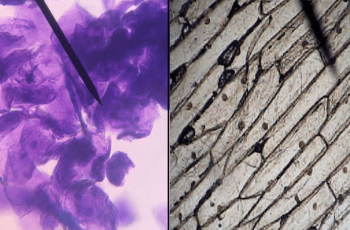Tag: cell
-
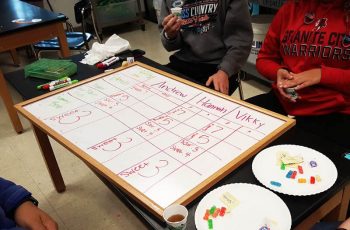
Investigation: Taste Buds and Signal Transduction
As a part of the chapter on cell signal pathways, students perform a lab that examines how their taste buds are affected by Gymnema. For this lab, I simply placed a question on the board “How does Gymnema tea affect your ability to taste sweet foods?” I provided them with a list of…
-
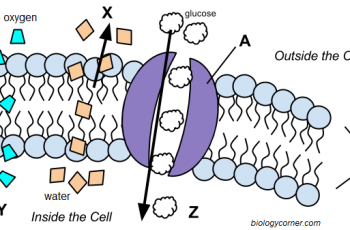
Cell Membrane and Transport
This reinforcement worksheet displays a graphic of the cell membrane showing the phospholipid bilayer and embedded proteins. Students identify structures within the bilayer and use reasoning to determine how molecules are moving across the membrane in response to a hypertonic solution. Worksheet was designed for freshman level biology classes who are studying osmosis and…
-
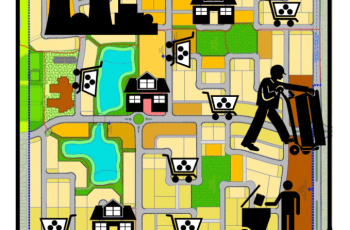
Cell City
This popular activity asks students to read a story about a fictional town where each part of the city is compared to the parts of a cell. For example: “Widgets are generally produced in small shops around the city, these small shops can be built by the carpenter’s union (whose headquarters are in town hall.)” In this…
-
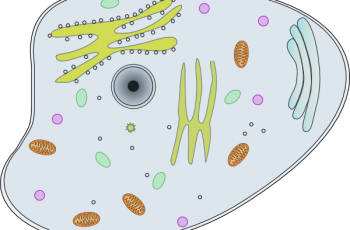
Investigation: Why Are Cells So Small?
This activity requires students to practice math skills by measuring the surface area and the volume of boxes. Collect boxes for students to use, these can be any type of box, such as tissue boxes, food boxes, or shoe boxes. Ideally, you want a range of sizes, with at least one box being overly…
-
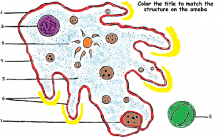
Color the Cellular Structures of the Ameba
This worksheet describes the structures of the unicellular protist known as the ameba. Though NGSS standards do not require units on protozoans, this can still be a useful exercise for examining how structure relates to function and how single-celled organisms move, consume food, and reproduce. What is the amoeba? An amoeba is a type of…
-
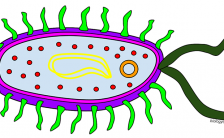
Color a Typical Prokaryote Cell
This worksheet is similar to the animal cell coloring and the plant cell coloring, where the focus is on structures found in the cell and how those structures relate to the cell’s function. Students read a short passage about prokaryotes and the two kingdoms of bacteria: archaeabacteria and eubacteria. The passage includes information about…
-

Zoobiquity – Review and Discussion Questions
I try to read at least one non-fiction book per year to try to keep myself up to date and inspired with new knowledge and advances in medicine. I have a classroom set of “Stiff” that I require my AP Biology students to read during the unit on anatomy. Recently, in a graduate class…
-
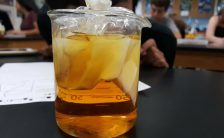
Investigation: Observing Diffusion & Semi-Permeable Membranes
Units on the cell will also include lessons about how the cell transports materials across the membrane. For beginning biology students who don’t have a strong foundation in physical science, the ideas of entropy, solutions, and concentrations can be overwhelming. Diffusion is easy to explain with a perfume bottle or food coloring. …
-
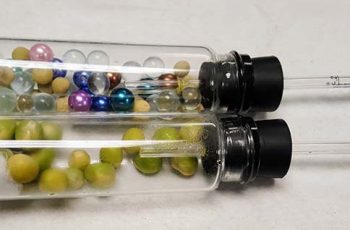
Investigation: Cellular Respiration
Students set up respirometers to measure the oxygen consumption of germinating peas in cold and warm water, and compared to a living organism.
-

Investigation: What Are the Different Types of Cells?
Students look at cells from different domains and kingdoms; compare the size of cells and how their structure and shape differ depending on their function.
-

Case Study – Chicago Cyanide Murders
Students investigate how cyanide interferes with the mitochondria and the role of oxygen in cellulular respiration; based on an historical event.
-
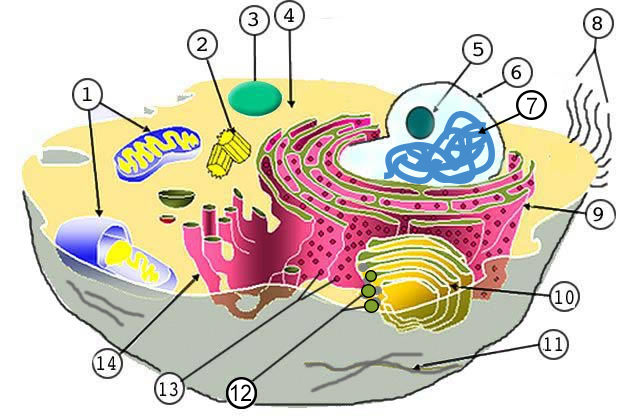
Label the Parts of the Plant and Animal Cell
Label a diagram of an animal cell and a plant cell; a diagram showing how proteins are produced by ribosomes, and finally packaged by the golgi apparatus.
-
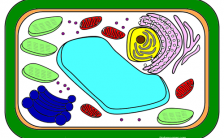
Color a Plant Cell and Identify Functions
Students learn the structures found in a plant cell by coloring them according to directions.
-
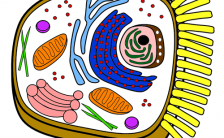
Color a Typical Animal Cell
This worksheet requires students to color a drawing of animal cell according to directions, intended as practice or reinforcement for a unit on cell biology.


